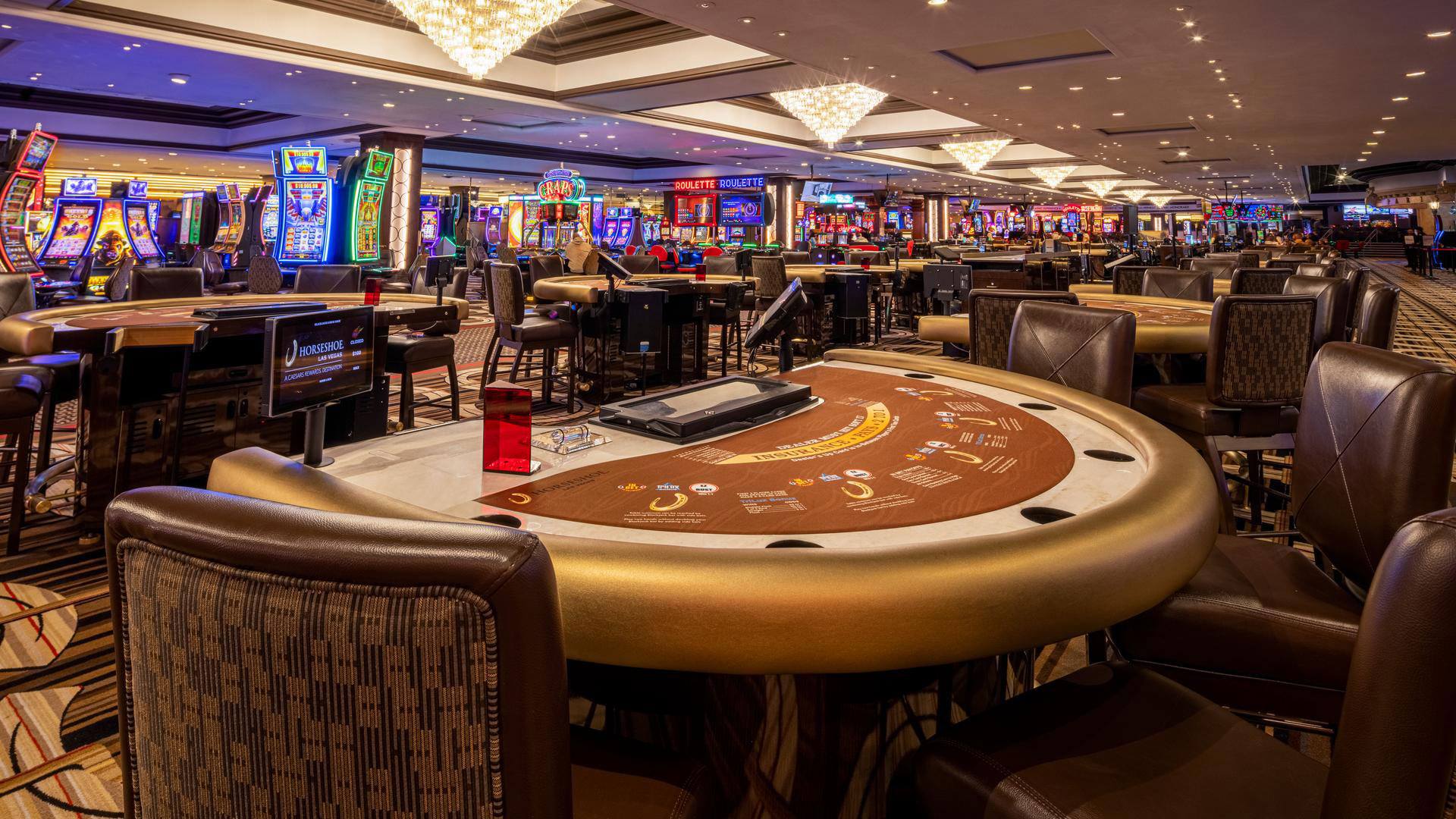
Gambling games have been a well of amusement and thrill for numerous players around the globe. One of the main components that renders these games engaging is the diversity of playing cards employed in different kinds of games. Grasping the different types of cards can improve your experience and improve your gameplay strategies. Whether you are attracted to classic card games like poker and 21 or newer casino games, each game relies on a distinct set of cards that affects the rules and the flow of play.
In casino environments, cards come in various styles, each designed to fit the requirements of particular games. From standard decks to custom card types, the diversity plays a crucial role in molding the mechanics of each game. By acquainting yourself with these cards and their uses, you can gain deeper insights into the games and make better decisions at the table. luck 8 This understanding not just enriches your gaming experience but also adds to a higher-level approach to your chances of success.
Types of Playing Cards
When discussing casino games, the type of playing cards used can greatly impact the flow of the game and tactics. The most common deck is the traditional 52-card deck, which consists of four suits: clubs, and spades. Each suit contains thirteen ranks, from ace to king. This traditional deck is essential in many games, such as poker, where gamblers aim to form the best hand possible or approach 21 as they can.
Some casino games use unique decks specifically designed for those games. For instance, the popular game of baccarat often uses various decks shuffled together, typically 6 or eight. This not only increases the difficulty of the game but also impacts betting strategies, as participants must consider the increased number of cards in play. Additionally, certain games may introduce joker cards or wild cards, adding further diversity and excitement to the gambling experience.
In niche games, specialized decks may come into play. For instance, in games like Bridge or pinochle, participants might use unique rules with different card values or functions. These variations keep the gameplay new and allow for diverse strategies to appear. Understanding the various types of playing cards and their specific uses in different casino games is key to enhancing one’s gambling experience and improving overall results at the tables.
Deck Modifications in Gambling Activities
In casino games, the kind of deck utilized can significantly impact both the gameplay and the tactics employed by players. Most traditional card activities, such as blackjack and poker, typically use a regular 52-card deck. However, modifications do exist where extra jokers or even several packs are utilized. For instance, in blackjack, some casinos may employ one to eight packs, which can change the odds and the fundamental tactics needed to play optimally. Participants must be aware of the set of cards makeup, as it influences the casino advantage.
Another common variation in gambling card activities is the use of themed or specialized packs. For instance, some poker games might use a deck that features unique graphics or patterns, which can enhance the environment at the gaming table. These specialized packs often function to distinguish between different play formats or loyalty initiatives within the gaming establishment. While the traditional guidelines of the activity remain the same, the visual appeal can affect participant involvement and enjoyment.
Lastly, the mixing techniques employed with various types of packs can also impact play. Casinos often utilize automatic mixing machines that can effectively shuffle multiple decks effectively, making hand counting more challenging. The frequency and method of mixing can vary widely based on the game and the casino’s rules. Understanding these deck modifications is crucial for any participant seeking to enhance their game strategy and overall satisfaction in casino activities.
Significance of Card Values
In gaming activities, the worth of each card plays a key role in influencing the outcome of different games. Different activities assign distinct values to playing cards, influencing tactics and player decisions. For example, in blackjack, cards ranging 2 through 10 are rated at their actual worth, while court cards hold a worth of ten, and the ace can be valued either one or 11. Grasping these worths allows players to make smart choices during play, improving their chances of winning.
Similarly, in poker, the importance of card worths extends to hands and hand hierarchies. High worth playing cards can form stronger hands, such as two of a kind, straight hands, or flush hands, which are important for success in the game. Gamers must assess not only their personal cards but also likely combinations their rivals might hold. This strategic complexity adds excitement and challenge, making playing card values a important element in poker’s appeal.
Furthermore, the cognitive aspect of playing card values cannot be overlooked. Players may use the awareness of card values to bluff or confuse their rivals. By understanding how a playing card’s worth can impact the game’s dynamics, gamers can more effectively navigate risks and gains, creating a exciting environment in gambling activities. Whether competing for entertainment or for actual money, awareness of playing card values significantly influences the overall playing experience.